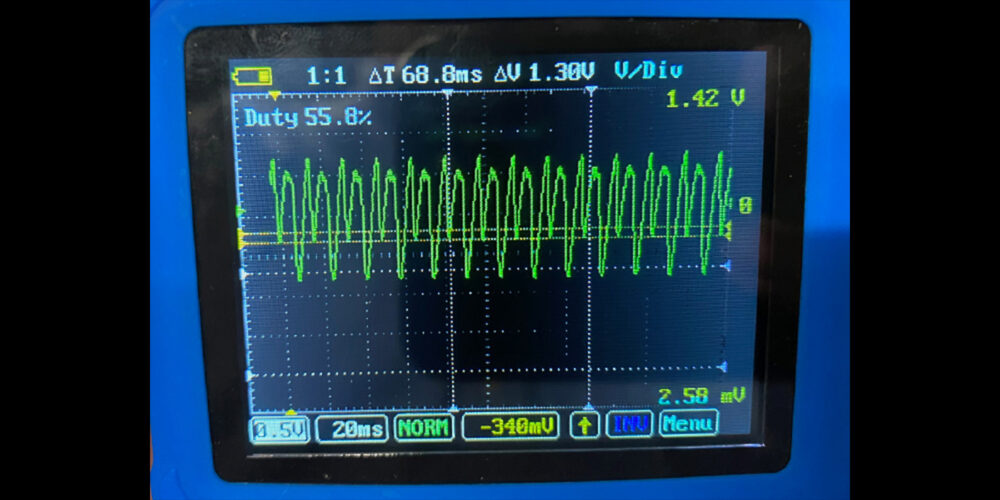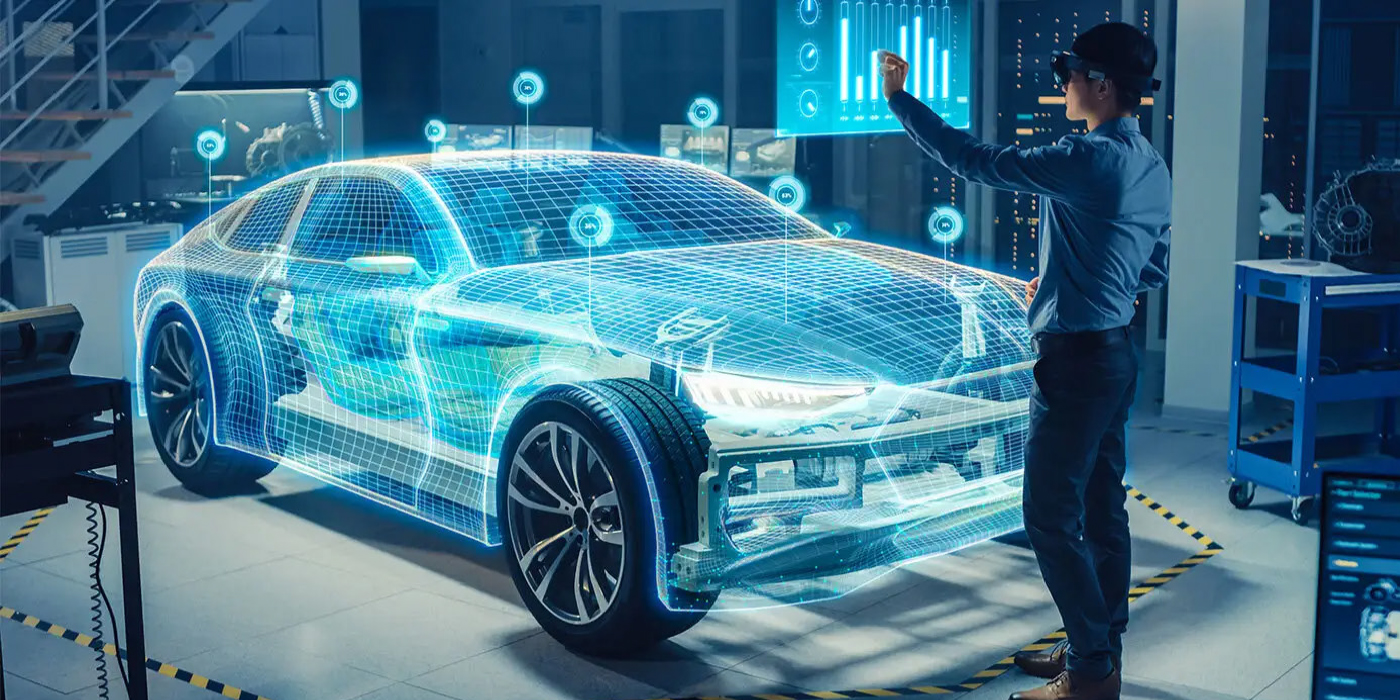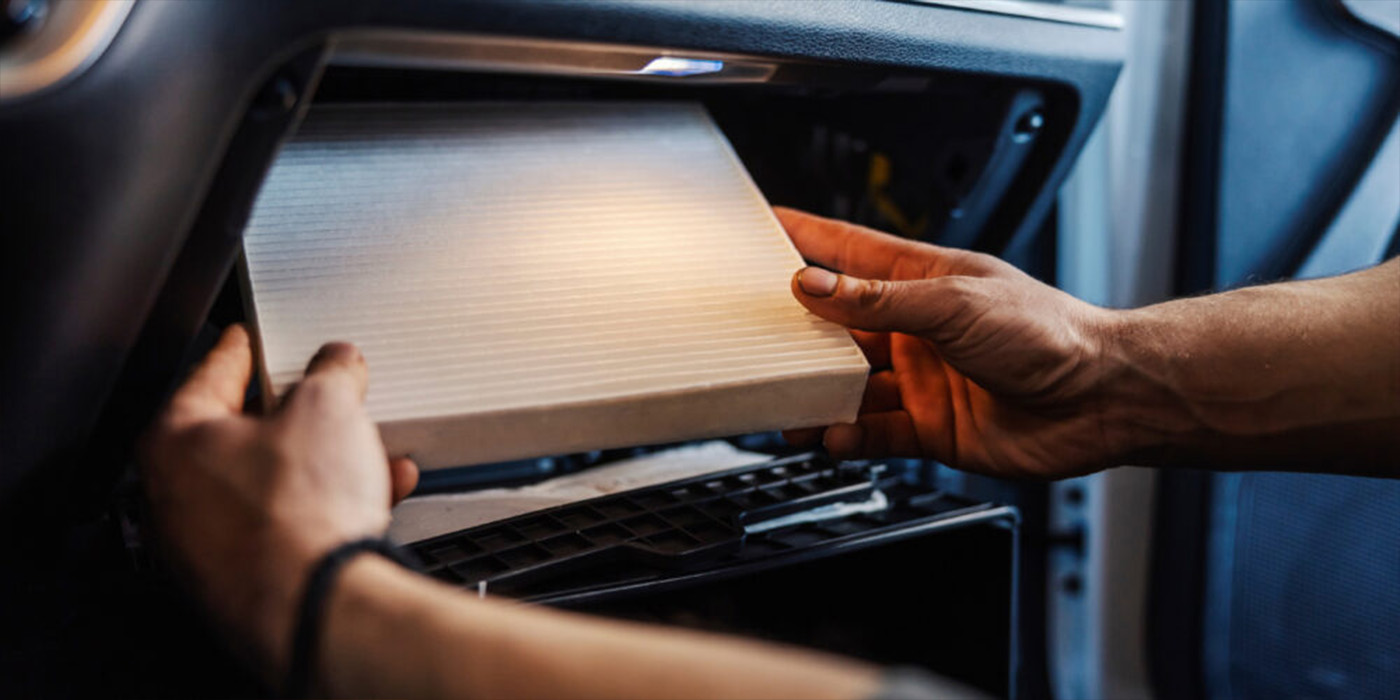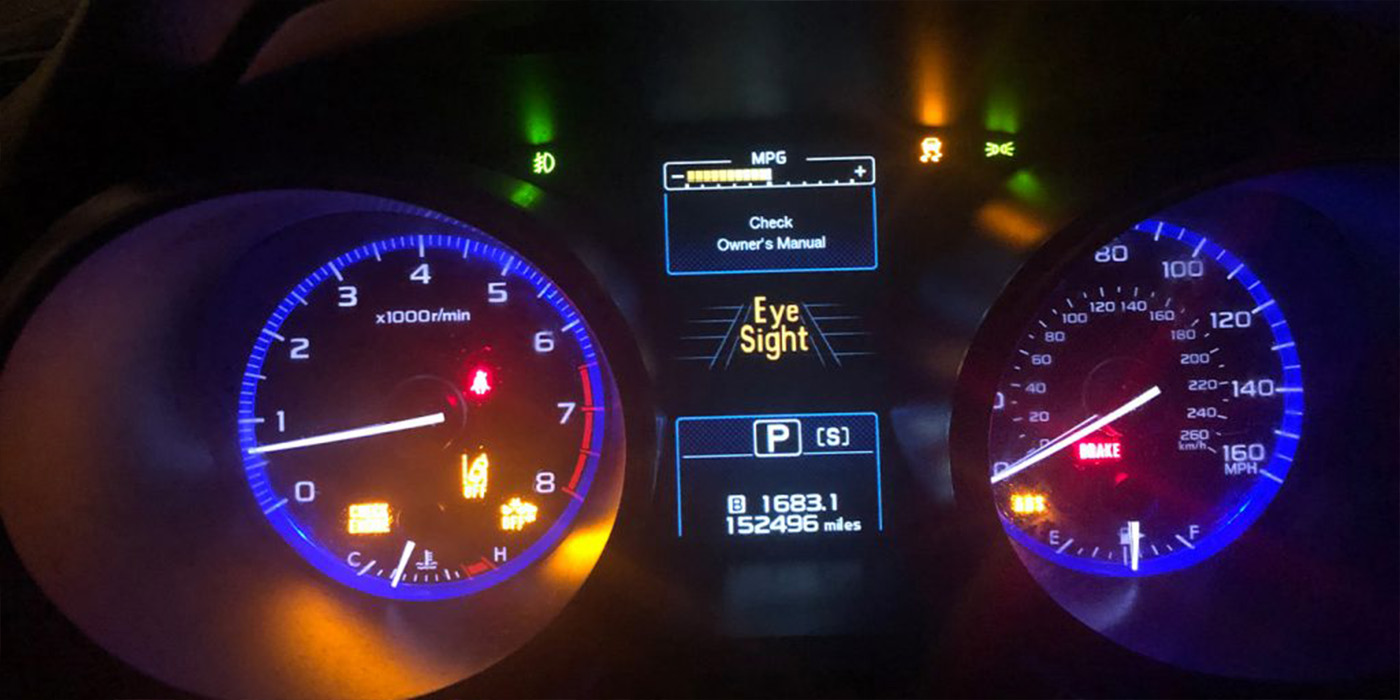When we talk about the future of automotive repair, the discussion often starts with autonomous, connected and electric vehicles.
Repairers are being advised to buckle up and get ready for the technology tidal wave that’s about to hit the auto industry. The question is: How soon will it get here?
The answer, according to one expert, is not any time soon. But it’s coming.
“Everyone keeps saying we’re in the middle of this transportation revolution, and I agree,” said Debra Bezzina, managing director of the Center for Connected and Automated Transportation at the University of Michigan Transportation Research Institute. “I think things are going to change. It’s going to take some time; we’re not going to be Jetson-ready anytime soon. But I do hope probably within 10 years that we’ll know how to get fully automated vehicles on the road.”
It’s important to note that automakers, tech firms, federal and state agencies and other organizations are pouring hundreds of millions of dollars into bringing autonomous and connected technology to fruition. So even if some of the things you read about might seem like the stuff of science fiction now, there’s no question this is the direction we’re heading in the future.
In the near future, though, don’t expect to see “a big leap where everyone’s going to have an automated vehicle,” Bezzina said during the Automotive Service Association’s recent Technology & Telematics Forum in Troy, Michigan.
“What you’re going to see is a gradual increase, and we’re seeing that now,” she added.
So, what does this mean for repairers today?
“More sensors, more sensors, more sensors,” Bezzina said. “And you need to be able to understand what those sensors are and how they fit into the system.”
Regarding connectivity, there’s been a lot of discussion about telematics – the ability of newer models to wirelessly generate real-time data on vehicle maintenance and performance. The data-access issue is a story for another day. For now, you can learn more about telematics, and some steps your shop can take to leverage this technology today, in Mike Fitzgerald’s article, “Should I Implement A Shop Telematics Program?”, on P. 29. 6















